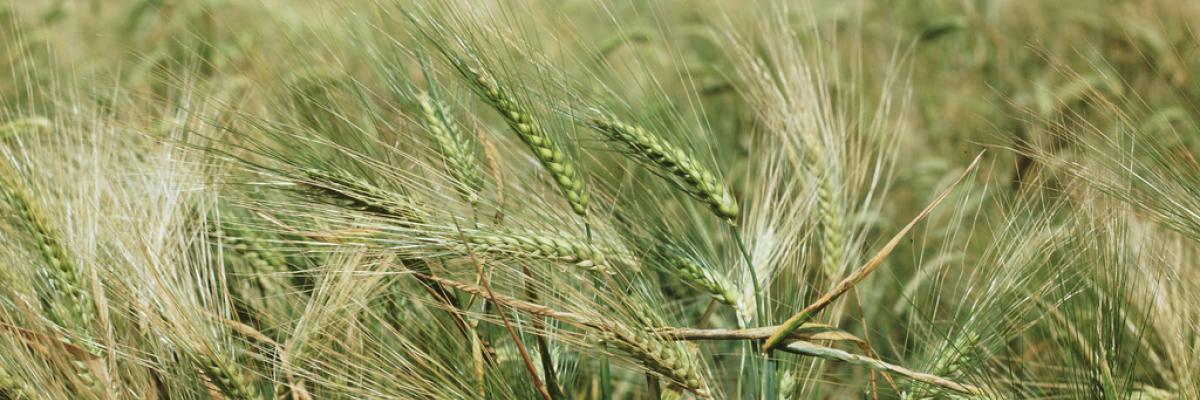

Pea-barley intercrops
research paper
Download the PDF
While many plants rely on nitrogen (N) in the soil, leguminous plants such as peas and clover are able to convert atmospheric N into plant-accessible N, making them useful crops for replenishing soil N. This short academic paper (entitled 'Pea-barley intercrops use nitrogen sources 20-30% more efficiently than the sole crops') discusses data generated as part of an EU funded project on intercropping that was presented at a conference in Denmark in 2006. It contains interesting data and conclusions that still hold their relevance for farmers considering intercropping. It describes an experiment where the N use of different mixtures and sole crops of field pea (Pisum sativum L.) and spring barley (Hordeum vulgare L) were compared and N productivity determined in five sites across Western Europe that were managed according to organic principles.
- When growing legumes as a sole crop, they will use soil derived ntirogen (N) even though symbiotic derived N is sufficient.
- Compared to a field pea or barley monocrop, a mixture of peas and barley used less soil N and more atmospheric N.
- Adding barley as an intercrop caused competition for soil N, and the peas took in more N from the atmosphere.
- Intercropping of legumes and cereals can help reduce soil N degradation and therefore the need for N fertiliser applications.
- None of the experimental mixtures led to an overall increase in soil N over the course of 3 years, however intercropping offers the opportunity for organic cropping systems to utilise N without compromising total crop N yield levels.
- Across varying growing conditions, pea-barley intercropping showed that N sources were used 17-31% more efficiently by the intercrop than by the sole crops.
Header image photo credit: Natural England / R Harris (CC BY-NC-ND 2.0)
